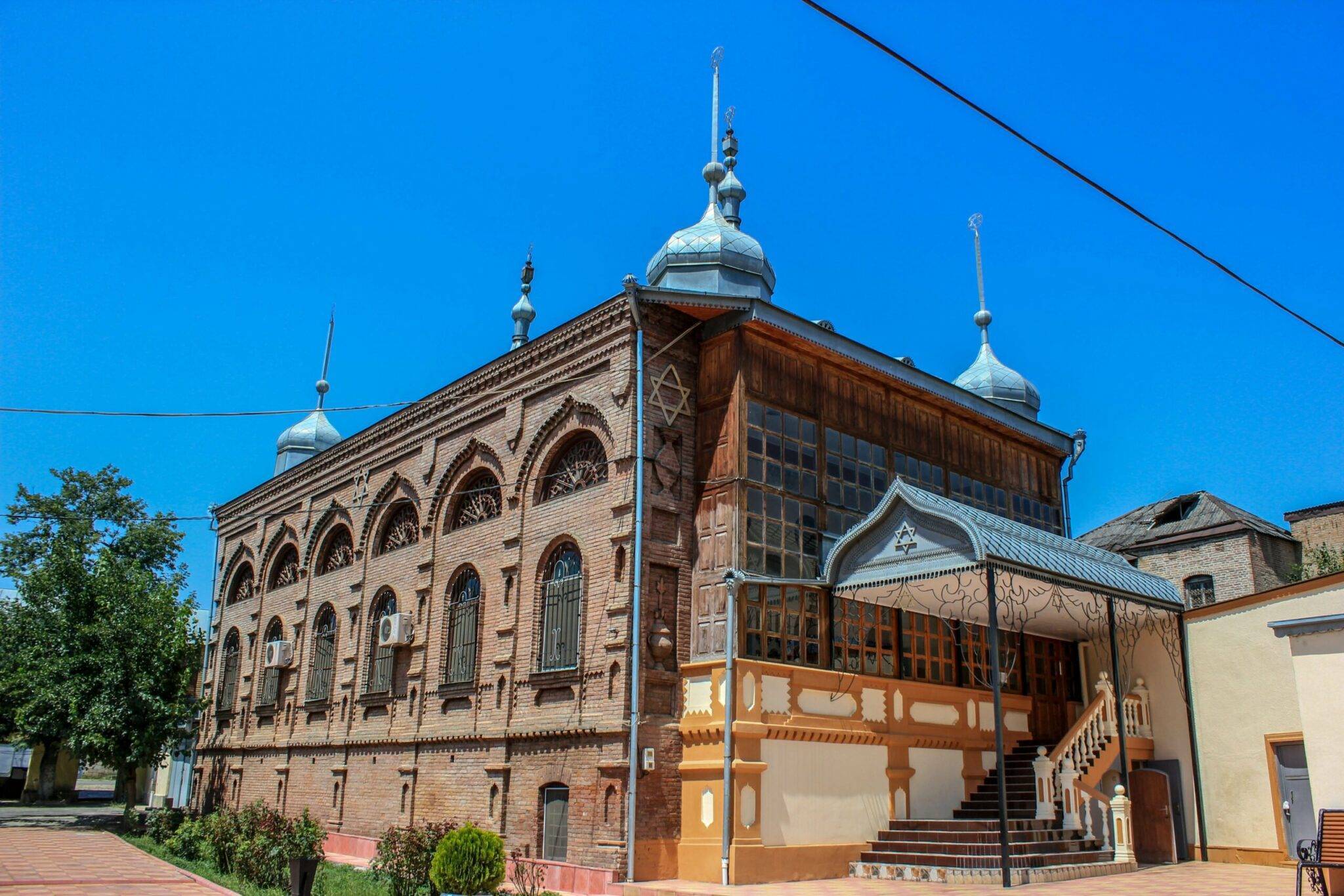
How Mountain Jews live in Azerbaijan — Krasnaya Sloboda
21. октября 2023 0 Автор Asif MasimovAfter visiting the villages of Nij, Demirchi, Kish and Chukhuryurd, I decided to go to the Guba district, which is also characterised by its multinational culture. Although the purpose of my visit was to visit «Red Sloboda» (Red Town), where mountain Jews live compactly. There are different ways to get to Guba from Baku. The first one is by private car. The second — from the locality «Shemakhinka» with the help of so-called hackers, who charge 10 manat per passenger. The third is by bus from the international railway station, which departs every 30 minutes. The ticket price for it is only 4 manat.
The distance from Baku to Guba is only 168 kilometres, so you can reach your destination in 2 hours without any problems. From Guba to the Jewish settlement is only 2 kilometres. I arrived in the morning at 10 o’clock. First I went to the park named after Heydar Aliyev.
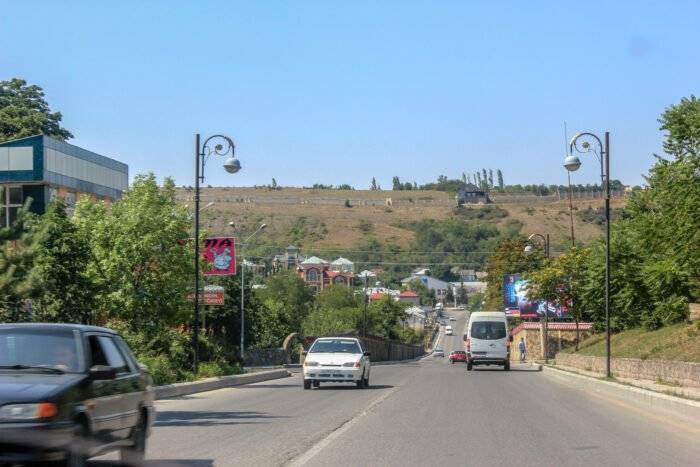
Boris Simanduev — former head of the settlement’s mountain Jewish community.
There were elderly people sitting in gazebos who spoke Juhuri (Mountain Jewish language), which I did not understand. I said hello in Azerbaijani and explained the purpose of my visit. After that I was invited to sit down to tell me about the history of their village. I was fortunate that among those present was also the former head of the mountain Jews community of the settlement, Mr Boris Simanduyev. During the conversation, Mr Simanduev told me about the history of the Mountain Jews and the village, as well as about the traditions of their community.
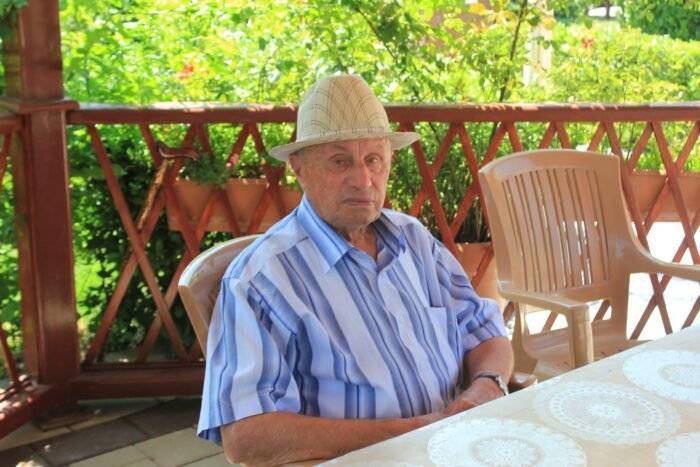
History of Mountain Jews
Mountain Jews themselves live in Azerbaijan and Dagestan. According to some historical data, it is known that their nationality appeared as a result of constant migration of Jewish communities from Northern Iran (Sassanid Empire), as well as from the neighbouring areas of the Byzantine Empire. They settled preferably in Transcaucasian Azerbaijan. The time of resettlement coincides with the Muslim conquests of the relevant territories, namely in 639-643. Although the immigration of Jews continued until the Mongol conquest in the 13th century.
The language of the Mountain Jews is Jewish-Tat (Juhuri). Mountain Jews also call their language Juhuri or Juhuri. In fact, there are several dialects of this language used in different territories. It is derived from the original Tat language, because in the process of immigration to these areas, Jews were forced to switch to the local language in order to communicate with the local people inhabiting these territories. Thus a mixture of Jewish and Tat languages took place. Linguists attribute the Tatar language to the western branch of the Iranian language group.
The language of the Mountain Jews is divided into three dialects — Makhachkala-Nalchik (historically Kaitak), Derbent and Kuban. These dialects are dialects of the Tat language, which is used by some Muslims and Christians in two settlements in Azerbaijan. The Tat language belongs to the south-western subgroup of Iranian languages. Another name of the language is the Tat language of the Caucasus. It has its own written language. The basis of the literary Tat language is its Derbent dialect.
Until the XIX century, the mountain Jews used Hebrew. However, around the first half of the XIX century there was a gradual transition to the Jewish-Tat language. The first work written in it was «The Treasury of Words of the Jewish-Tat language» by Rabbi Ya’akov Itzhaki (years of life — 1848-1917), compiled in the second half of the 1870s — early 1880s. It contained about 1900 words of the Derbent dialect of the Jewish-Tat language and their translation into Hebrew. After that, books in the Jewish-Tat language were published. In particular, «Zionism» authored by Joseph Sapir in 1908, as well as the prayer book «Kol tfilla» with a Hebrew translation of the information. In 1915, a newspaper in the Jewish-Tat language called «Echo of the Mountains» began to be published in Baku.
From 1928 to 1938 the written language of the Jewish-Tat language was converted to Latin. However, in 1938 the Cyrillic alphabet was returned. The Russian alphabet has been used to fix the language until now.
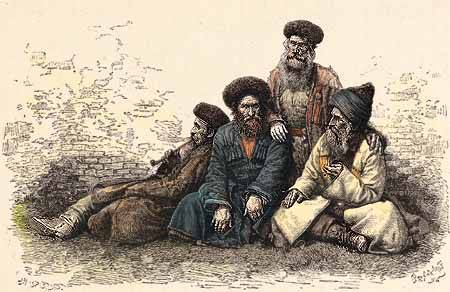
The first mention of mountain Jews can be found in texts written by the famous monk-traveller of his time, William of Rubruck. In particular, in his writings it was written that a large number of Jews lived in the territory of the Eastern Caucasus. These territories meant modern Azerbaijan and Dagestan. Mountain Jews maintained close ties with Jews living in the Mediterranean basin. Thus, the Muslim historian Tagriberdi (1409-1470) mentions some Circassian Jewish merchants (i.e. from the North Caucasus) who visited Cairo. Due to such historical connections, the mountain Jews had a lot of goods and literature from different countries. In particular, in the city of Guba until the beginning of the twentieth century one could find books printed in Venice back in the XVI-XVII centuries. Thanks to these printed books, the Mountain Jews adopted a literary style called Sephardic Nosach, which they have adopted to this day.
Another historical reference to the Jews of the mountains can be found in the Dutch traveller Nicolaes Witsen. Thus, in 1690 he visited Dagestan, and according to him «found many Jews there». In particular, in the large settlement of Buynak, as well as in the appanage of Karakaitag, where according to his information at that time lived up to 15 thousand mountain Jews. In the XVII-XVIII centuries there was a continuous strip of settlements of mountain Jews in what is now northern Azerbaijan and southern Dagestan, in particular, between the cities of Kuba and Derbent.
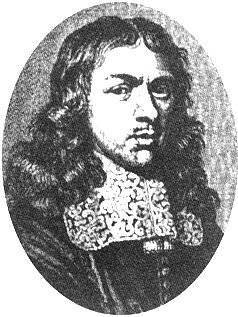
Resettlement of Mountain Jews to Guba
Around the middle of the 18th century, the situation of the Mountain Jews deteriorated considerably. This was due to the fact that the Russian Empire, Turkey and Persia began to claim the territory of their residence. Thus, in the early 1730s Persian commander Nadir forced Turks out of modern Azerbaijan and successfully fought with Russia for possession of Dagestan. As a result of military clashes, several Jewish settlements in these territories were completely destroyed, while others were looted. The rulers of Guba Khanate Huseyn-Ali Khan and his son Fatali Khan allowed the mountain Jews to settle on the territory of modern Slobodka. Fatali khan as well as his father guaranteed Jews protection. During the reign of Fatali khan the mountain Jews were mainly engaged in agriculture. And in 1797, when Fatali khan was no longer in power, (according to other data in 1799) the commander of Kazikumukh Surkhai khan attacked the settlement called Aba-Sava and destroyed it. The surviving Jews fled to the city of Derbent, and the settlements of the Jewish Valley came to an end.
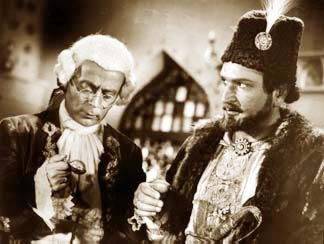
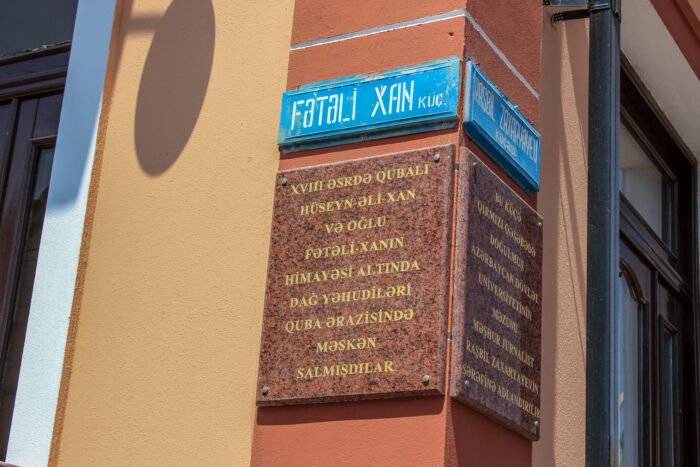
In 1806 the Russian Empire annexed Derbent, and in 1813 it annexed Transcaucasian Azerbaijan. Thus, most of the villages where the mountain Jews lived came under Russian rule. Starting from 1830 and till 1859 with intervals on the territory of Dagestan there was an uprising. Its idea was a war of Muslims against «infidels». As a result of military actions a large number of Jews were forcibly converted to Islam. However, in 1840 the heads of the mountain Jews in Derbent appealed to Tsar Nicholas I with a petition to transfer them to the territory of the Russian Empire.
According to the census of 1835 there were 7649 mountain Jews under the Russian Empire. They were engaged in agriculture, winemaking, breeding of marena, and also at the end of XIX they were engaged in fishing. Also at the end of XIX century many Jews moved to Baku. Here mountain Jews were engaged in production and sale of fabrics and carpets. Back in the 19th century «Krasnaya Sloboda» was called as «Jewish Sloboda». The name of the settlement «Krasnaya Sloboda» is connected with the annexation of Azerbaijan by the 11th Red Army in 1920. After the capture of the Azerbaijani town of Khudat, 40 kilometres from Guba, the Red Army chose the settlement of mountain Jews as their residence and settled in the local hospital. The settlement received its name in 1926 after the establishment of Soviet power.
Up until the 1920s and 1930s, the mountain Jews lived in large families, including three or four generations. The number of family members could reach 70 people. Usually they settled in one courtyard, but in different houses. Interestingly, polygamy was accepted, i.e. a man could have two or three wives. This continued until the establishment of Soviet power here. The man, the head of the family, was responsible for the collective property, and the eldest (first) wife took care of the women’s work — cooking, cleaning the house, bringing up the children and so on. Usually there were five or six large families living in one settlement of Mountain Jews.
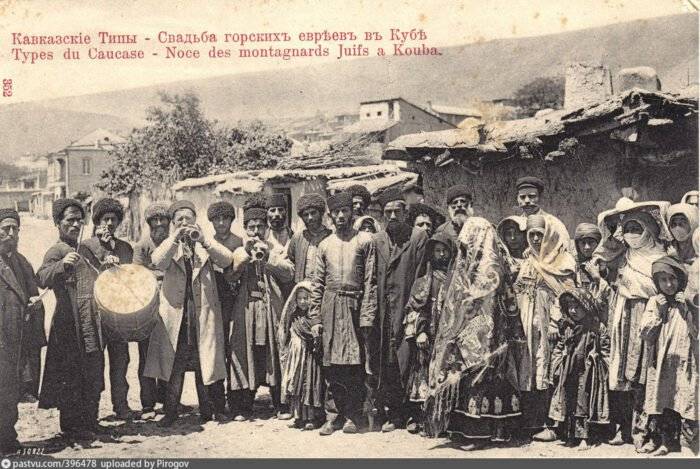
After the establishment of Soviet power in Dagestan and Azerbaijan, Mountain Jews supported the USSR. In the 1920s, about 300 families of Mountain Jews left for Eretz Israel (the Promised Land). They settled mainly in Tel Aviv, forming a «Caucasian quarter» there. On the territory of Azerbaijan and Dagestan the Soviet authorities organised the mountain Jews into Jewish collective farms. During the occupation of Kislovodsk and Pyatigorsk by Nazi Germany, all Mountain Jews were exterminated on the territory of these towns. After the war, anti-Semitism took place, which led to a decline in the religious foundations of this people. In the 1970s there was a mass repatriation of Mountain Jews to Israel.
"Krasnaya Sloboda" - Jerusalem of the Caucasus
Currently, the largest place of compact residence of Mountain Jews in the entire post-Soviet space is the settlement of Krasnaya Sloboda, which has been called Girmizi Gasaba in Azerbaijani since 1991. The settlement is located in the Guba district of Azerbaijan, on the left bank of the Kudialchay River. According to the 1989 population census, at that time there were 4,524 people living in the settlement, mostly mountain Jews.
There are nine neighbourhoods in Krasnaya Sloboda. The basis of each neighbourhood is the synagogue located in it. Krasnaya Sloboda is a modern settlement consisting of two- and three-storey houses. Many of the houses look like palaces, for their owners are millionaires living in Russia.

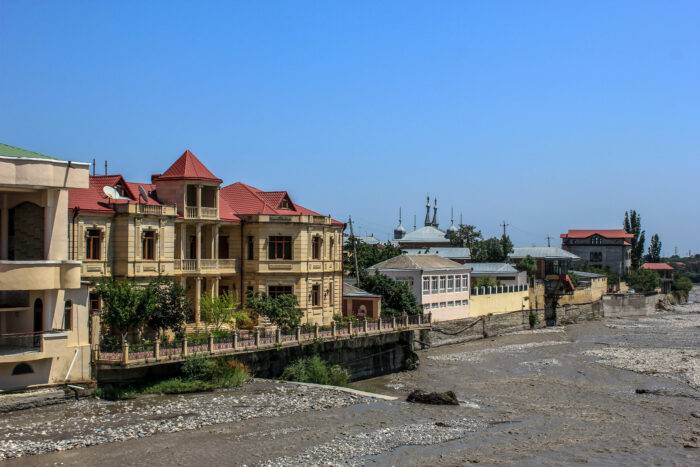
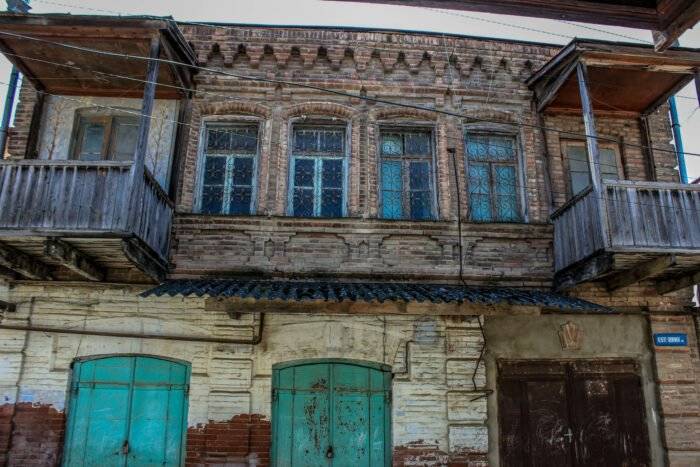
There are enough household establishments in the streets — shops, cafes, hairdressers and others. The social organisation of the population is based on the kagal — the body of communal self-government of the Mountain Jews. Although in the modern world the kagal has lost some of its functions, some of its elements are still observed. Preservation of the kagal allows to pass from generation to generation information about religion, culture, everyday life and other things. Older residents of the village mostly play backgammon or dominoes in the teahouse.
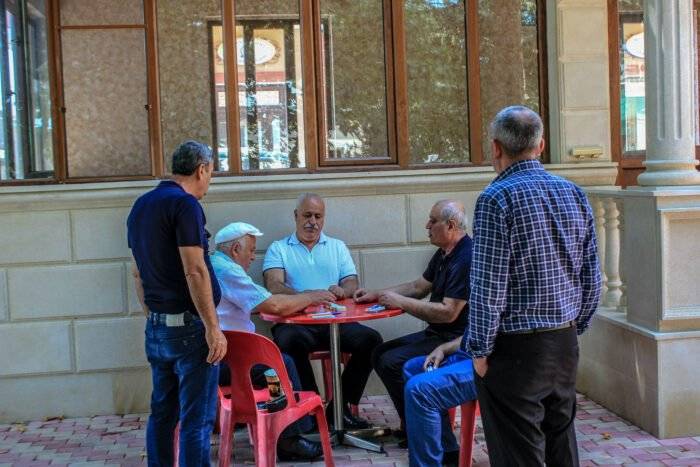
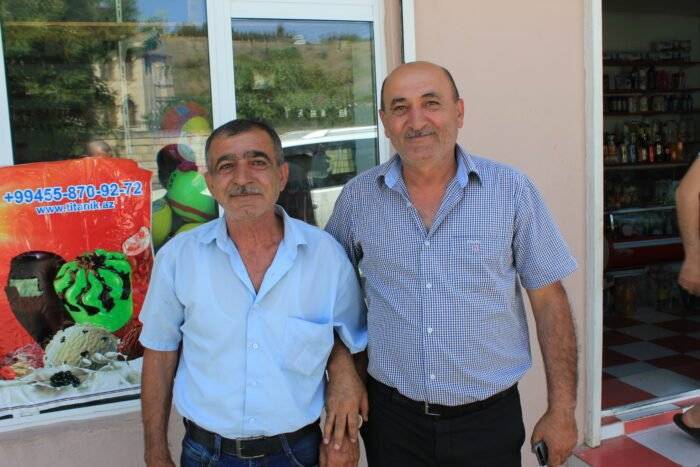
Krasnaya Sloboda is recognised as the centre of culture and religion of mountain Jews not only in Azerbaijan, but also beyond its borders. The unofficial name of the settlement is «Jerusalem of the Caucasus». It is connected with the fact that on the territory of Krasnaya Sloboda there are seven synagogues and a community of Mountain Jews. This allows preserving the culture of orthodox Judaism. In the large six-domed synagogue there is a large collection (about 70 pieces) of instructions for reading the Torah.
On the initiative of Mountain Jewish patrons of the territory of Krasnaya Sloboda, the first museum of Mountain Jews in the world was opened on the site of the historic synagogue «Karchogi».
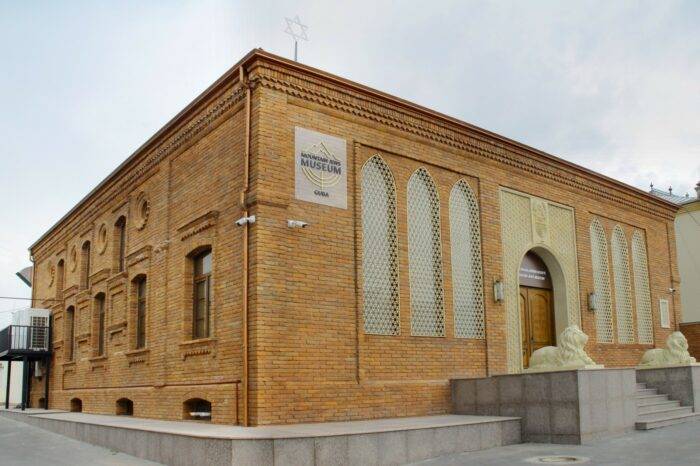
After talking to the locals mentioned above, I went to the central synagogue. It is also called the six-domed synagogue (Shesh gambar). This synagogue is a landmark not only in Krasnaya Sloboda, but also in the whole Guba district. It amazes with its majesty and beauty. The construction of the building was completed in 1888. The author of the structure was a local mason Dzhilyad. The synagogue building is decorated with original national ornament and has a very beautiful facade. Local building materials were used for the construction — burnt bricks and wood.
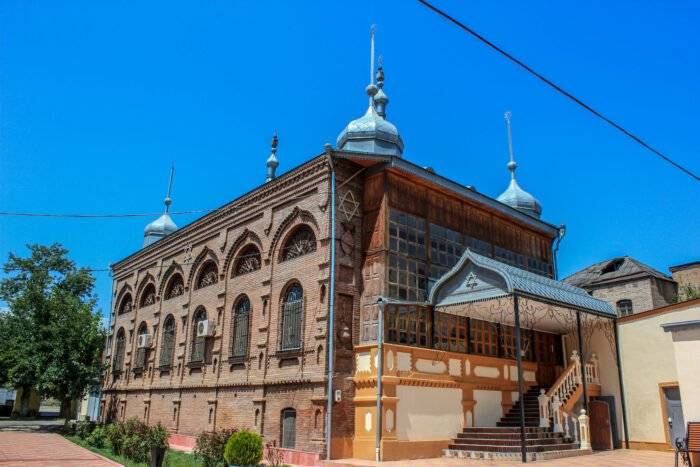
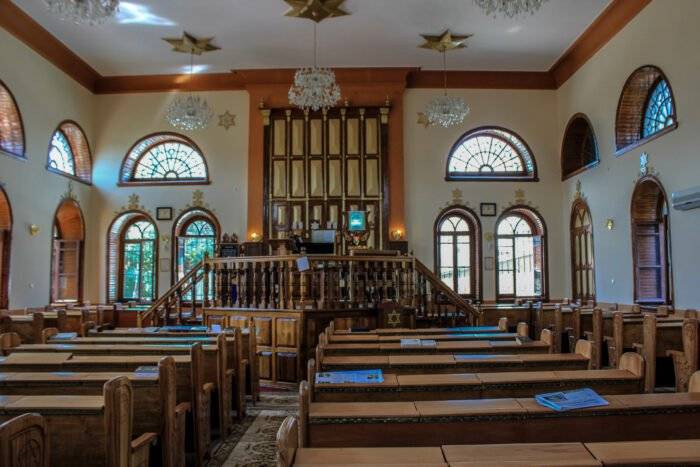
During the Soviet regime in Krasnaya Sloboda, a sewing workshop operated in the synagogue building. However, after the collapse of the USSR, the building was returned to the believers. From 1995 to 2005 the synagogue underwent restoration works with funds donated by various benefactors. Since then, hundreds of tourists, including those from other countries, visit the synagogue every year.
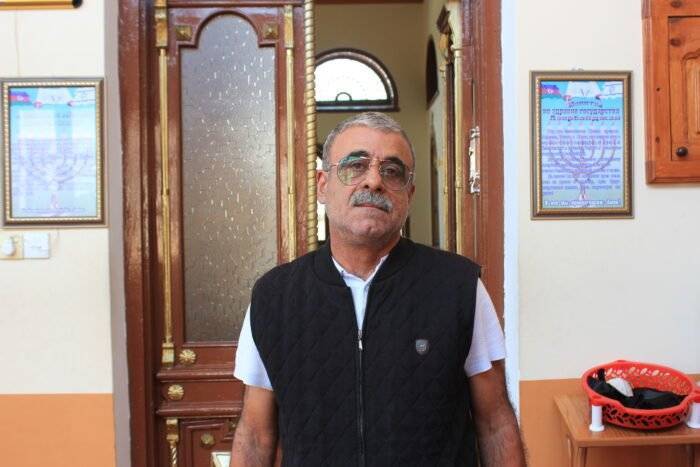
Albert Agarunov - National Hero of the Republic of Azerbaijan
One of the streets in the village of Krasnaya Sloboda is named in honour of the National Hero of Azerbaijan Albert Agarunov. He was a participant of the Karabakh war and defender of the territorial integrity of Azerbaijan. He was a native of Krasnaya Sloboda and was a mountain Jew by nationality. Albert Agarunov was a commander of a T-72 tank of the National Army of Azerbaijan, where he fought in the 777th Battalion of Special Purpose.
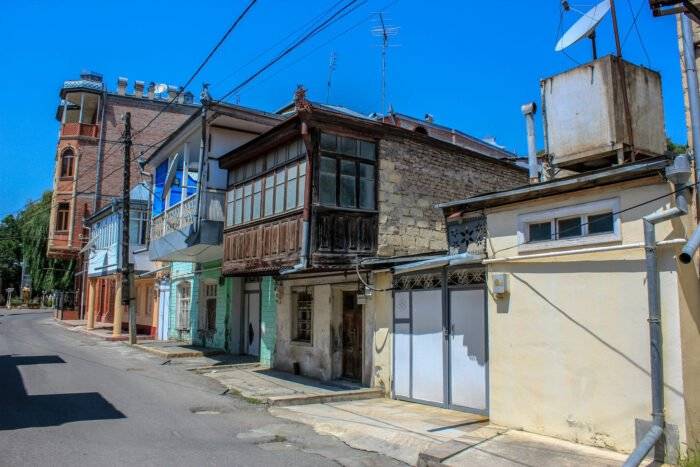
During the fighting, Agarunov became famous all along the front line. He was notable for his professionalism in driving the vehicle, and before his death, his tank crew managed to destroy 9 tanks, 7 BMPs and many smaller vehicles of the Armenian army. In addition, being a professional tanker, he trained other, less experienced, colleagues in the operation of the T-72 tank.
Albert Agarunov was killed by a sniper’s shot on 8 May 1992 at the age of 23. He was posthumously awarded the title of National Hero of Azerbaijan. One of the streets in the village of Krasnaya Sloboda, where his parents came from, was named after him.
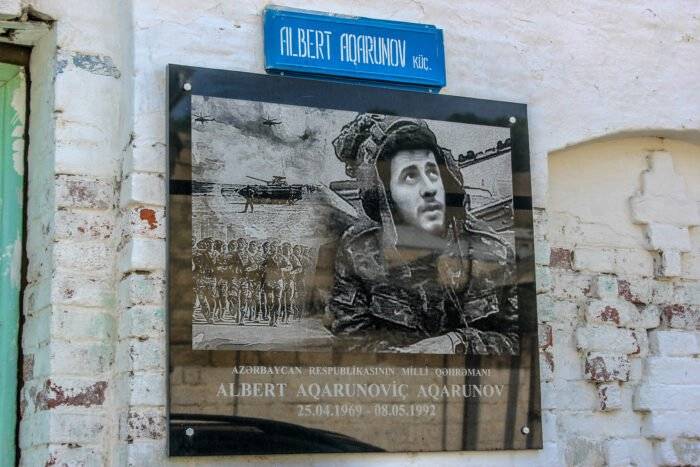
Other photos
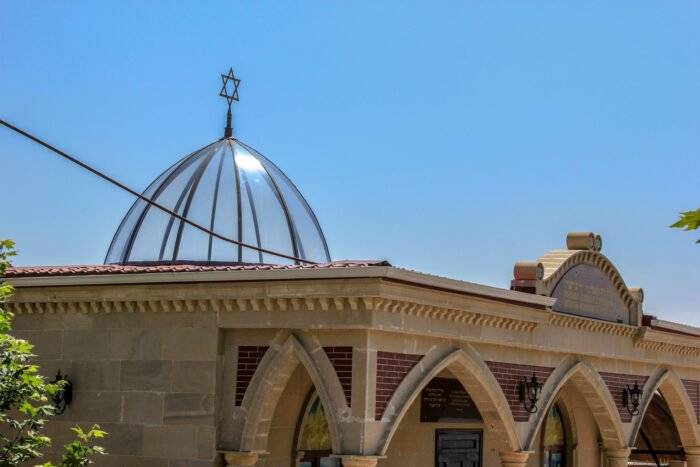
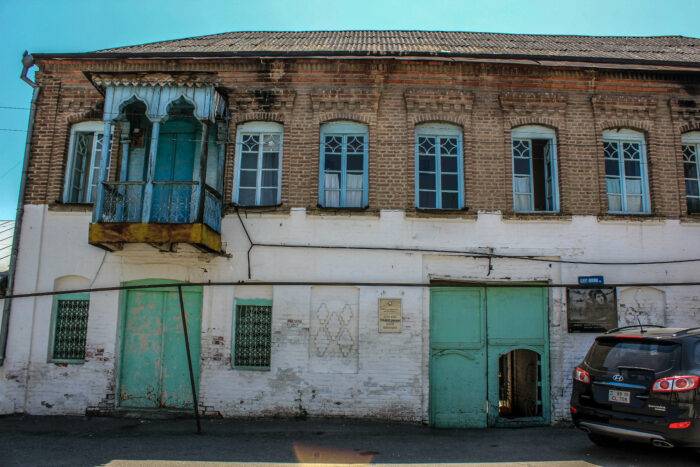
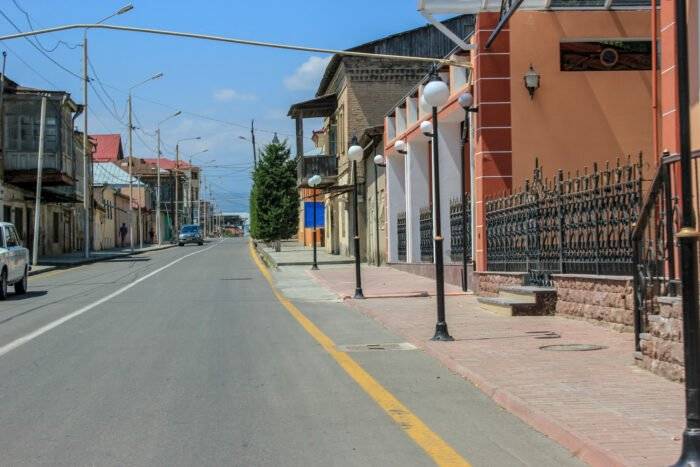
Teilen mit / Поделитесь
- Нажмите, чтобы открыть на Facebook (Открывается в новом окне)
- Нажмите, чтобы поделиться в Telegram (Открывается в новом окне)
- Нажмите, чтобы поделиться в WhatsApp (Открывается в новом окне)
- Нажмите, чтобы поделиться на Twitter (Открывается в новом окне)
- Нажмите, чтобы поделиться на Reddit (Открывается в новом окне)
- Нажмите, чтобы поделиться записями на Pocket (Открывается в новом окне)
- Послать ссылку другу по электронной почте (Открывается в новом окне)
- Нажмите для печати (Открывается в новом окне)
- Ещё
Похожие записи:
- Yashil Bazaar in Baku Azerbaijan - Green bazaar of…
- Azerbaijan's 10 must-see cities for tourists -…
- Novruz in Azerbaijan: How Novruz Bayram is…
- Country life vlog in Azerbaijan - Who are they?
- Molokan village Ivanovka in Azerbaijan
- The most beautiful villages and hamlets in Azerbaijan
- Albanian Church and Kish village in Azerbaijan
- Chukhuryurd (Chukhur Yurt): Last Molokans of…
Об авторе
Дорогие читатели, мой блог в основном о жизни в Германии. Я очень рассчитываю на то, что информация в моем блоге помогает вам. Решили поблагодарить меня и помочь в развитии моего блога? Подписывайтесь на меня в соц. сети. Делитесь ссылками с теми, для кого представленная в блоге информация может быть полезной, комментируйте и ставьте лайки :).


